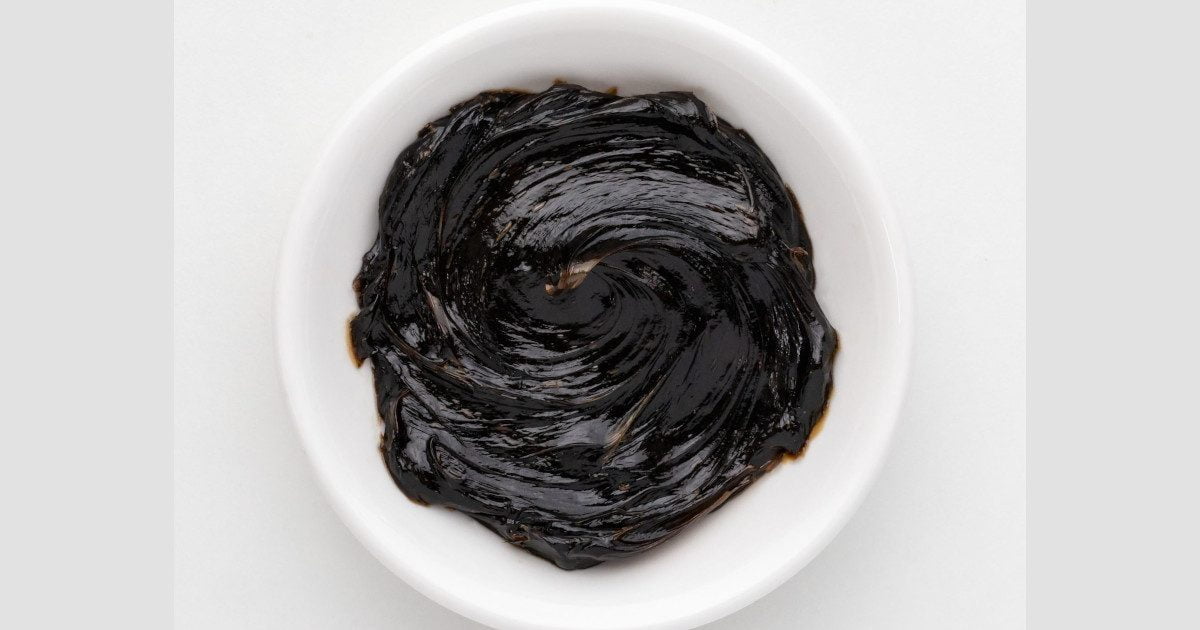
Introduction to Bloodroot Paste
Bloodroot Paste, derived from the Bloodroot plant (Sanguinaria Canadensis), is a natural remedy widely recognized for its effectiveness in treating skin conditions like warts, moles, and skin tags. This paste has been a subject of scientific research and traditional use, highlighting its dermatological benefits.
The Science Behind Bloodroot Paste
The efficacy of Bloodroot Paste in treating warts, moles, and skin tags is supported by substantial research. Studies, including those by Dr. Jonathan L. Hartwell, have highlighted the potential of Bloodroot in dermatological applications. The active compounds in Bloodroot, such as sanguinarine, are believed to play a crucial role in its effectiveness.
Application, Efficacy, and Considerations
How It Works
Bloodroot Paste’s effectiveness in treating skin conditions stems from the active compounds in the Bloodroot plant, particularly sanguinarine. These compounds have been studied for their potential in dermatological applications. The paste works by being applied directly to the affected area, where its properties help in reducing the size and appearance of warts, moles, and skin tags.
How to Apply Bloodroot Paste on Warts and Moles
Applying Bloodroot Paste requires careful attention to ensure safety and effectiveness. Here’s a step-by-step guide:
- Clean the Area: Before applying the paste, clean the affected area with mild soap and water. Pat it dry gently.
- Patch Test: Conduct a patch test on a small area of your skin to check for any allergic reactions.
- Apply the Paste: Using a cotton swab or a clean fingertip, apply a small amount of Bloodroot Paste directly onto the wart or mole. Be careful to apply it only on the affected area.
- Cover with a Bandage: After applying the paste, cover the area with a clean bandage. This helps to keep the paste in place and protects the area.
- Leave it On: Leave the paste on for a recommended period, usually a few hours or as directed by a healthcare professional.
- Wash Off: Gently wash off the paste with water. Do not scrub the area.
- Repeat if Necessary: Depending on the response, the application may need to be repeated. Always follow the recommended frequency and duration.
Usage and Safety
It’s important to differentiate between Bloodroot Salve and Bloodroot Paste, as they serve different purposes. The paste is particularly effective for warts, moles, and skin tags, requiring more frequent application than the salve. Users should monitor the skin’s response closely during treatment. If a scab forms, it’s advised not to reapply the paste, as this indicates the presence of a neoplasm.
Making Bloodroot Paste
For those interested in preparing Bloodroot Paste themselves, a detailed guide is available. This guide provides step-by-step instructions on how to make Bloodroot Paste, ensuring safety and effectiveness in its preparation and use. To learn more about making your own Bloodroot Paste, visit Making and Using Bloodroot Paste.
Conclusion
Bloodroot Paste offers a natural, alternative approach to treating warts, moles, and skin tags. Its effectiveness, backed by research and historical use, makes it a compelling option for those seeking herbal remedies. However, it’s essential to use it under professional guidance to ensure safety and efficacy.



